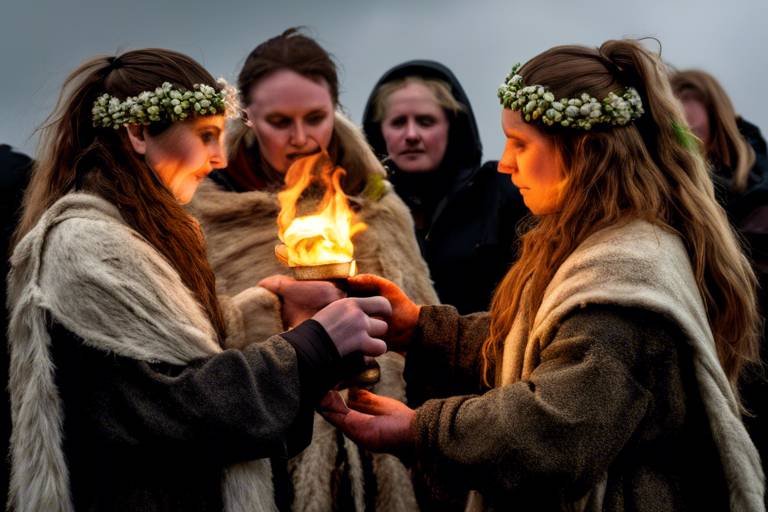Exploring the Ancient Traditions of Ireland's Imbolc Festival
The Imbolc Festival in Ireland is a time-honored tradition steeped in ancient roots and cultural significance. This festival, marking the midway point between the winter solstice and the spring equinox, holds a special place in the hearts of the Irish people. It serves as a bridge between the darkness of winter and the promise of spring, embodying themes of renewal, light, and hope.
Originating from ancient Celtic traditions, the Imbolc Festival is deeply connected to the goddess Brigid, a revered figure symbolizing fire, poetry, and healing. Brigid's presence is felt throughout the festival, as she embodies the nurturing and creative energies that are celebrated during this time of year.
One of the key elements of Imbolc is the symbolism of fire and light, representing purification, renewal, and the awakening of the earth from its winter slumber. Lighting candles and welcoming the return of light are central practices during this festival, symbolizing the gradual lengthening of days and the promise of spring's arrival.
As modern celebrations of Imbolc continue to evolve, they blend ancient traditions with contemporary practices. Festivities often include feasting on traditional foods such as dairy products, bread, and seasonal vegetables, symbolizing sustenance and abundance. Storytelling, music, and honoring the changing seasons are also integral parts of the modern Imbolc celebrations.
Community gatherings play a vital role during Imbolc, bringing people together to share food, stories, and music. These gatherings strengthen bonds and connections within the community, fostering a sense of unity and belonging as the winter transitions into spring.
Another significant aspect of Imbolc is the blessing of the fields, a practice aimed at seeking fertility and prosperity for the upcoming agricultural year. This ancient tradition honors the land and its cycles, recognizing the interconnectedness between nature and humanity.

Origins of Imbolc
The origins of Imbolc trace back to ancient Celtic traditions, where it was celebrated as a pivotal point in the agricultural calendar. The festival marks the transition from winter to spring, symbolizing the awakening of the earth and the return of light and warmth. Imbolc is deeply rooted in the worship of the goddess Brigid, a deity associated with fire, poetry, and healing. Brigid holds a significant place in Celtic mythology, embodying the nurturing and creative energies essential for the renewal of life.

